One of the reasons I ended the African section of the Tour at Mombasa was that the city provides convenient access to two World Heritage Sites, with a third a little further afield. Though all of those could reasonably be considered as lower tier Sites, they are also all Sites in the Cultural category, which are relatively uncommon in Africa. Since I have been falling far behind my intended pace of making Site visits, I really couldn’t pass up the opportunity to add a few more to my tally. Additionally, while the characteristics of these Sites might not seem especially important to a typical person, for me they all have some aspects that are relevant and interesting. Therefore, Mombasa was a worthwhile stop at the end of my route in Kenya. The first of these Sites I saw is known as the Mijikenda Kaya Forests, and it may seem odd that a forest is not a Natural Site, but a Cultural Site, but that label largely encapsulates the reason why this particular Site was included on the List in the first place.
The story of this Site began around five hundred years ago, with a group of people who were living in what is now southern Somalia, but whose origins linked them to the Bantu cultures further to the south and west. Conflict with the earlier inhabitants of that area arose, and the more recent arrivals were driven out. They then found their way the coastal regions surrounding what is now Mombasa, and there they became known as the Mijikenda people. Numerous villages, called Kayas, were founded around the area, with each becoming a home for a specific tribe of Mijikenda. The distinctive feature of these settlements was wide bands of natural forests encircling the Kayas, intended to protect the villages from additional attacks. Inside the Kayas, the residents adopted a lifestyle that would maintain the health of the forests indefinitely. During the colonial period, when the threat of violence from the north was suppressed by military forces, the Mijikenda gradually drifted out to live more mainstream lives in the surrounding countryside. The village themselves have since decayed into archeological sites, but the forests, considered sacred places by the Mijikenda tribes, have been preserved, kept in good health by the Mijikenda and utilized as a source of medicinal plants, and especially a a place for important cultural ceremonies. This depressingly rare societal practice is why the Kaya Forests were inscribed on the List.
There were once around thirty Kayas, probably more, with eleven of the surviving forests now being included in the Heritage Site. I visited three locations, starting just before I arrived in Mombasa. The first was Kaya Fundo Giriama, reached by turning off the Mombasa-Nairobi road at Mariakani and riding north for 9 kilometers, then five more along a rough dirt road. As I understand it, visitors are supposed to be escorted by a member of the community to ensure that proper respect is shown to the sacred forest, but there was no one at the entrance, or anywhere in the surrounding area. Since I always respect the forests I visit, I took a short walk along the trail leading to the center of the site anyway, which only required a few minutes. Moving in from the edge, the forest quickly becomes more substantial and there were many fine large trees, most of which I did not recognize. However, I was most impressed by the sharp contrast between the healthy sacred forest and its immediate surroundings, which appear scrubby and generally minimally productive.
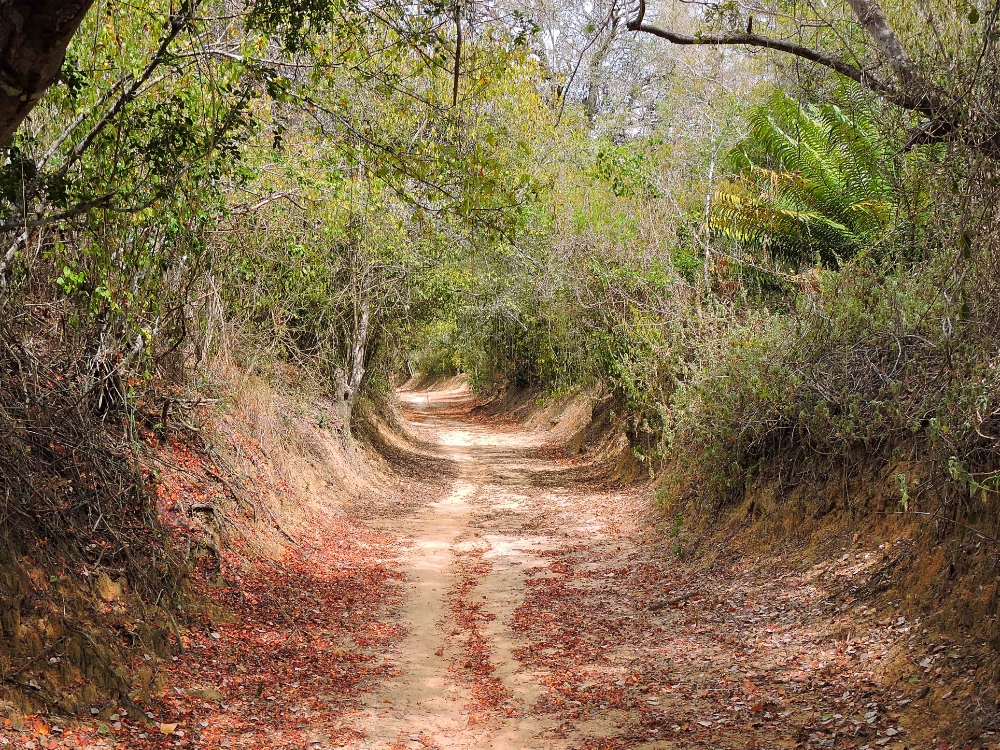
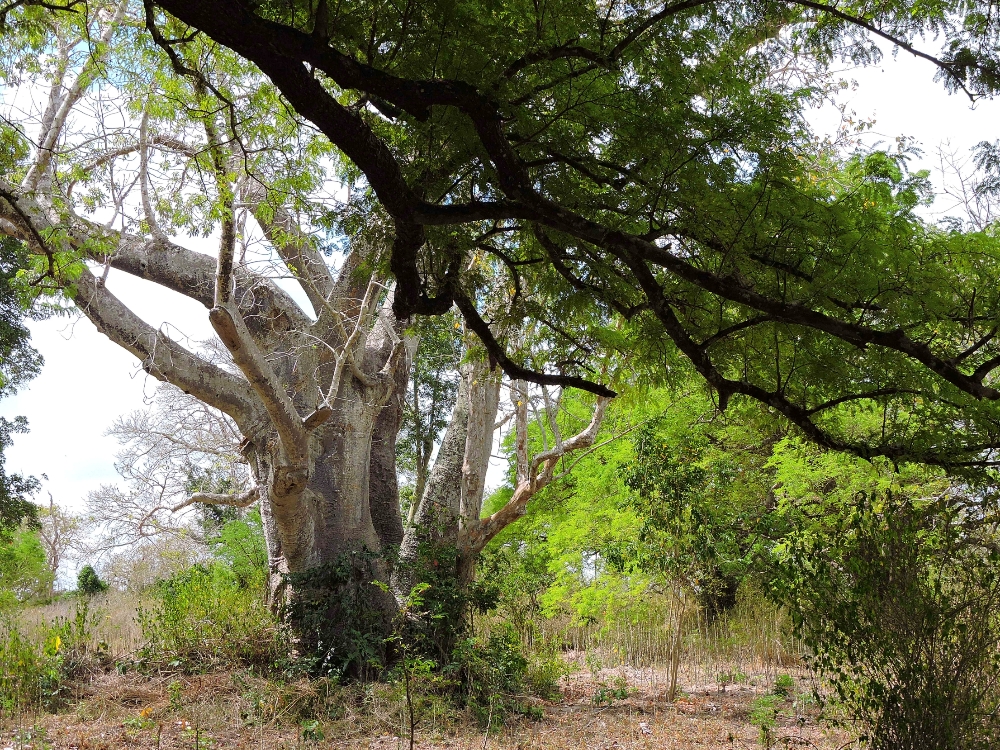
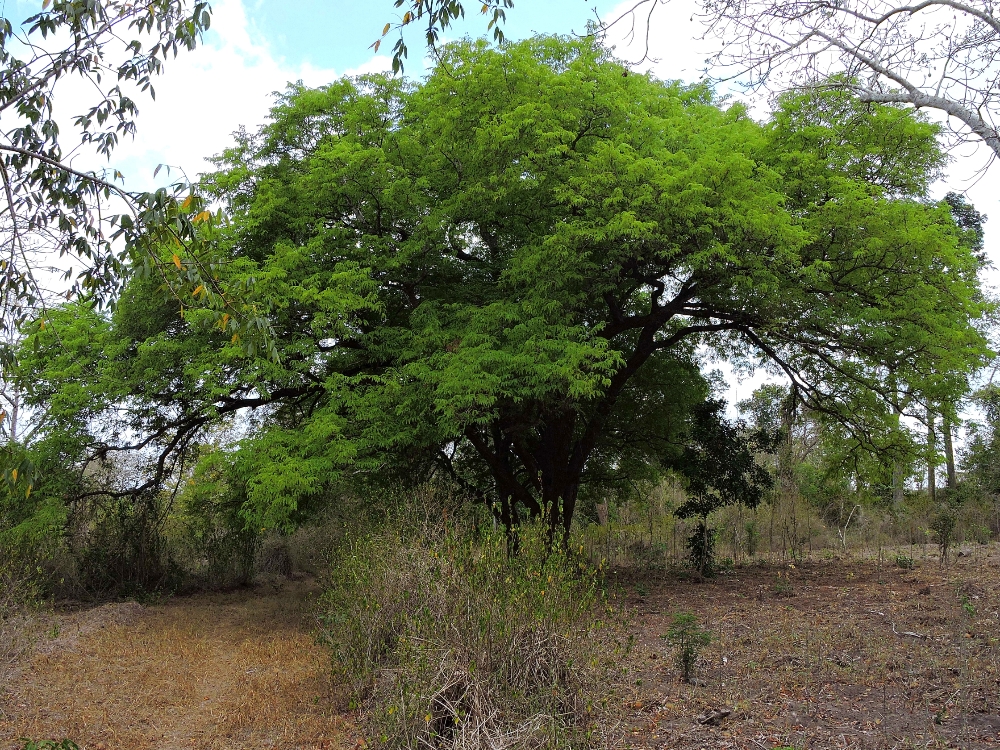
Later the same day I went to the Rabai Museum, just a few kilometers north of the town of Mazeras, which is part of a complex containing two adjoining Kayas. The museum had only a small exhibit on the Kayas, focusing mainly on a German missionary who lived there during the colonial period. Unfortunately, it was getting a little late, and I didn’t have time to walk down to the forests, which may have been a significant oversight, since there were Mijikenda elders there who could answer questions about the Kayas. Observations from a short distance away did reveal that, even though this forest was just a short distance from the first, its closer proximity to the sea seems to have allowed for a denser pattern of growthe, larger trees and a greater variety of species.
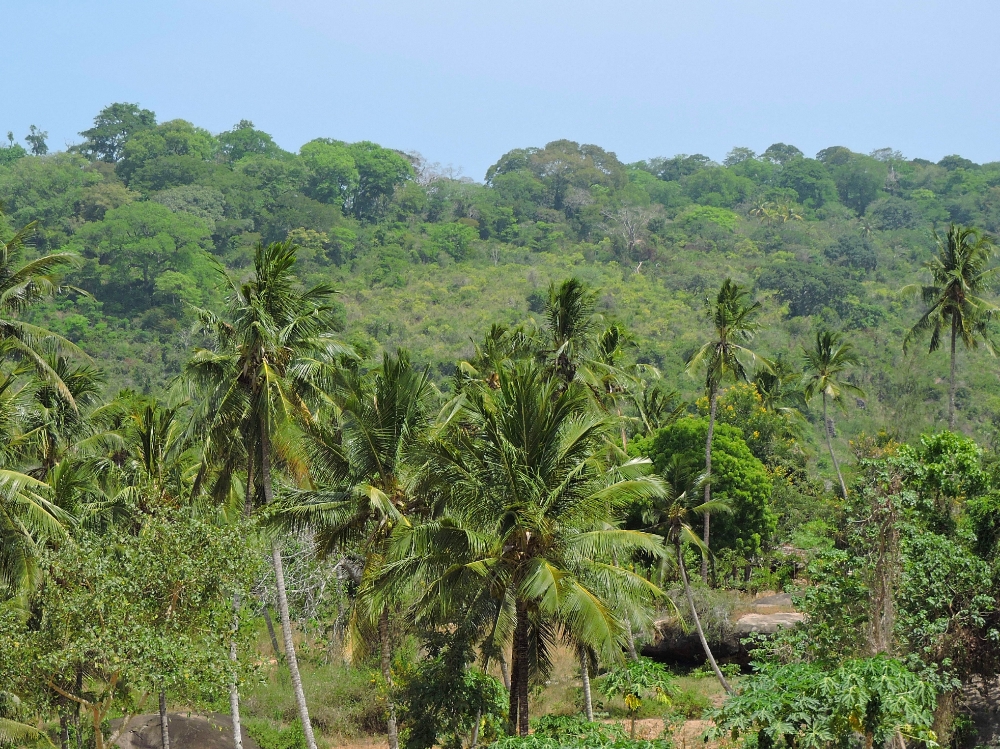
The third site was Kaya Kinondo, fifty kilometers south of Mombasa and just a few meters in from the Indian Ocean. This was the oldest Kaya site inhabited by the Digo tribe, and more or less served as the headquarters of the Mijikenda. This was also the location where a small ecotourism program had been set up for the Kayas as a whole. At the time of my visit, that meant that there was a lonely young man waiting around, who could take me through the forest, once I had donned the traditional Mijikenda black cloth leg-wrap garment. I wanted to know if the Kaya forests were allowed to grow naturally, or managed by favoring certain species, and learned that only Tamarind tree had been intentionally planted in the Kaya Forests.
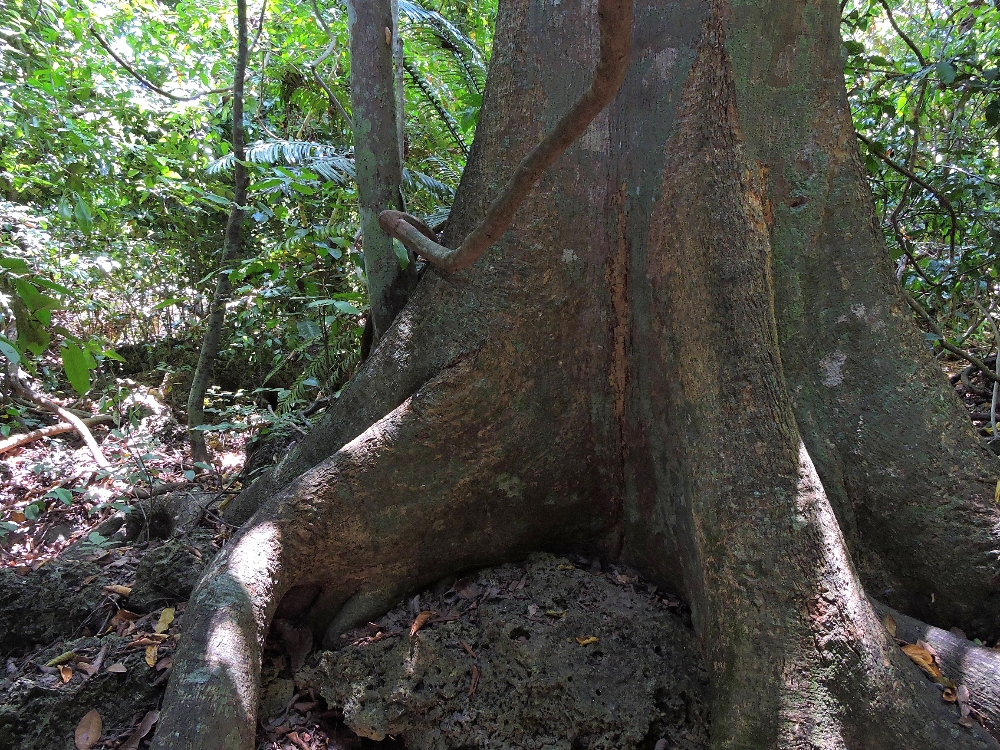
While most people will not notice any significant differences between these forests and any random patch of semi-humid tropical woodland, I was glad that I had a chance to stop by this Site. When the World2 Tour is eventually complete, whenever and wherever that may be, my next project will involve trees and forests, so any places where forests are said to be sacred will always be a highlight for me.